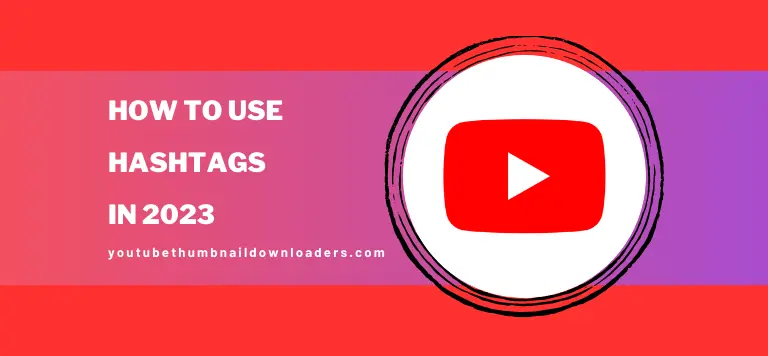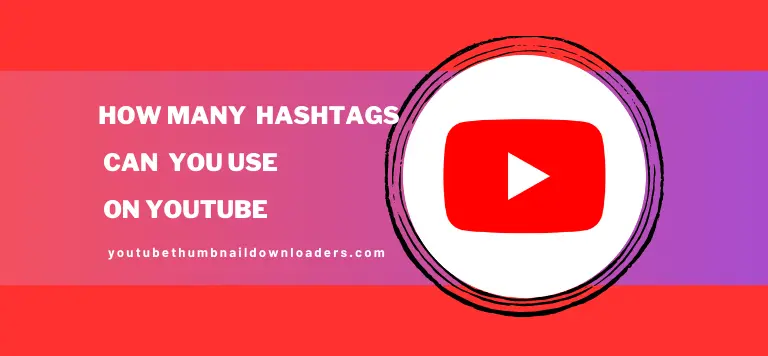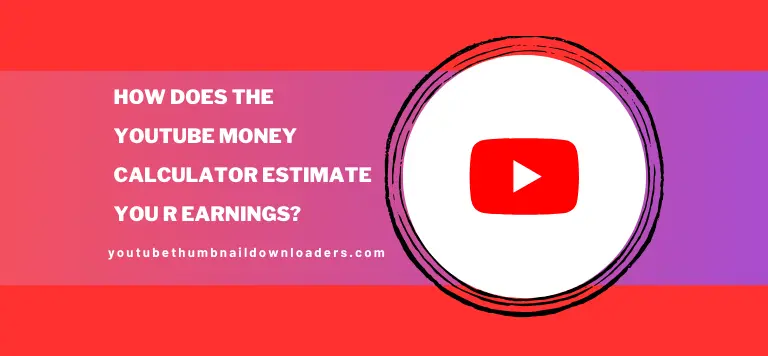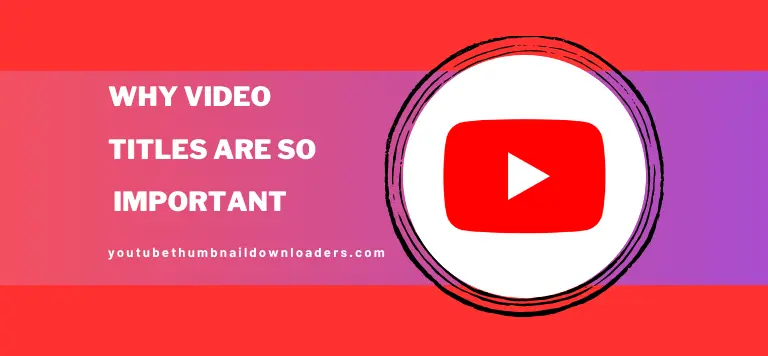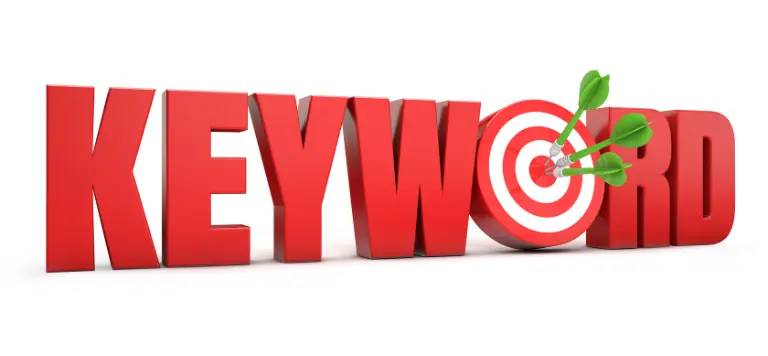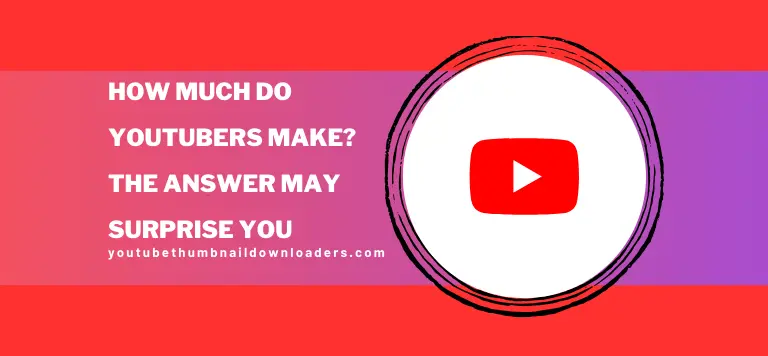How to Use Hashtags in YouTube & Other Social Media Network
In 2023, hashtags on social media are like pathways to new possibilities and some puzzles too. They used to be simple labels, but now they’re like magic tools for finding cool stuff, telling people about your brand, and joining in with groups. In this exciting time, it’s super important for all kinds of people – regular folks, businesses, and even famous online peeps – to know how to use hashtags well.
The online world keeps getting bigger, and it’s smart to really get how hashtags work. They’re not just a little extra thing anymore – they’re a big deal. We’re also using them in new ways, and it’s key to understand how they fit in on different websites. So, whether you’re just starting out online or you’re a pro at making stuff on the internet, this guide is your ticket to learning all the cool tricks and best tips for rocking hashtags in 2023.
In this post, we’re going to break down the essential know-how for using hashtags like a pro on social media. Not only will you discover:
- How to discover hashtags that suit your brand perfectly.
- Why relying solely on popular hashtags might not be the best strategy.
- Must-know tips for nailing hashtags on every social media platform you can think of.
What is a hashtag?
A hashtag is a word or phrase used on social media, preceded by the ‘#‘ symbol. It’s like a label that groups together conversations and content related to a specific topic. When you click on or search for a hashtag, you can see all the posts from different people that have used the same hashtag. It’s a way to easily find and connect with content that interests you, and it’s also used for things like promoting brands or joining online trends.
Hashtag Basics
Certainly, here’s the information presented basics of hashtag :
Starting Hashtags
Hashtags always begin with the ‘#’ symbol. However, they won’t work if you include spaces, punctuation, or symbols within them.
Public Accounts
Ensure that your social media accounts are set to public. This way, your hashtagged content will be visible to people who don’t follow you.
Keep Them Short
When crafting hashtags, avoid stringing together too many words. Short and easy-to-remember hashtags tend to work best.
Relevant and Specific
Choose hashtags that are both relevant to your content and specific to the topic. Overly obscure hashtags might not be discovered or used by others.
Be Mindful of Quantity
Although hashtags can be helpful, avoid going overboard. Using too many hashtags can make your content appear spammy. Stick to a reasonable number for each post.
Free Tool Hashtag Generator
Utilize a free hashtag generator tool to discover the perfect tags for your posts. These tools help you identify relevant and trending hashtags that can boost your content’s visibility and engagement.
By entering keywords related to your post, the generator suggests suitable hashtags that align with your content and audience. This takes the guesswork out of hashtag selection and ensures your posts reach a wider and more receptive audience.
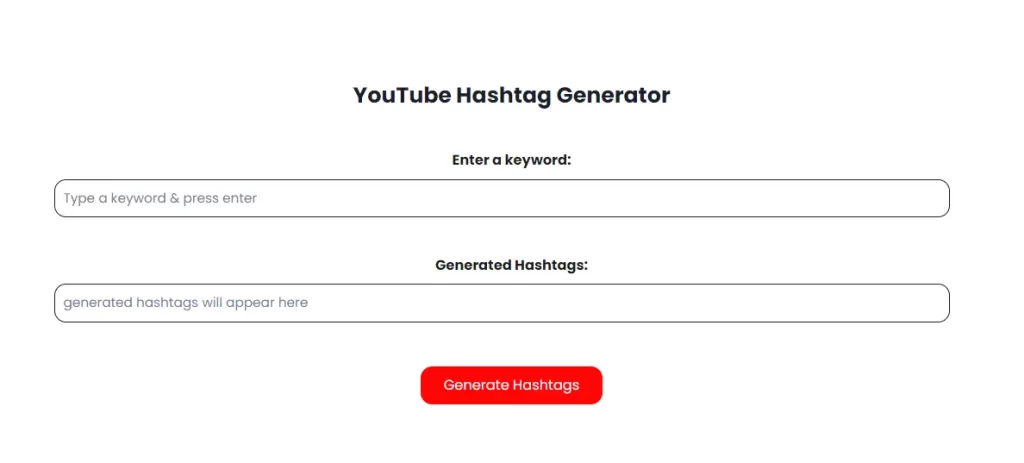
Why Use Hashtags?
Hashtags serve as powerful tools for enhancing your social media experience and achieving specific goals. They enable you to:
Increase Visibility: Hashtags categorize your content, making it easier for others to discover. When users search or click on a hashtag, they can find your posts, even if they don’t follow you.
Join Conversations: Hashtags let you participate in ongoing discussions and trends. By using relevant hashtags, you can connect with people interested in the same topics.
Promote Your Brand: Create branded hashtags that represent your business or campaigns. This encourages user engagement and helps spread the word about your brand.
Amplify Reach: Well-chosen hashtags expose your content to a broader audience, expanding your post’s potential reach beyond your followers.
Enhance Engagement: Engaging with popular or trending hashtags increases the likelihood of likes, comments, and shares on your posts.
Segment Content: For businesses, hashtags can categorize different types of content, making it easier for followers to find specific information, products, or services.
The Most Popular Hashtags in 2023
As of 2023, several hashtags have emerged as widely popular across various social media platforms. These trending hashtags reflect current interests, discussions, and online movements. Some of the most popular hashtags in 2023 include:
- #DigitalNomadLife: Embracing the remote work culture and sharing experiences of working from different locations.
- #LOVE: This hashtag is employed to share affection, appreciation, and positive connections. People use it to express love for family, friends, pets, hobbies, and even places.
- #SADNESS: When people encounter feelings of sorrow, disappointment, or melancholy, they may use this hashtag to share their emotions. It can be related to personal experiences, events, or broader empathetic expressions.
- #SustainabilityMatters: Highlighting environmental awareness, sustainable practices, and eco-friendly products.
- #InclusivityNow: Focusing on diversity, equity, and inclusivity in various aspects of life.
- #SelfCareSunday: Encouraging self-care routines and well-being practices, often shared on Sundays.
- #AIAdvancements: Discussing the latest developments and breakthroughs in artificial intelligence.
- #HealthyHabits: Sharing fitness routines, nutritious meals, and overall health-conscious choices.
- #MindfulnessJourney: Documenting personal journeys toward mindfulness, mental health, and self-discovery.
- #ExploreLocal: Promoting local travel and discovery, supporting nearby businesses and destinations.
- #TechInnovation: Conversations about cutting-edge technology and its impact on our lives.
- #ThrowbackVibes: Nostalgia-driven posts, sharing memories and moments from the past.
How to Find the Best Hashtags To Use
Selecting the right hashtags can significantly impact the effectiveness of your social media posts. To discover the best hashtags for your content, follow these steps:
1. Monitor Social Media Influencers and Competitors
Keep an eye on accounts that have a strong online presence in your field. For instance, if you’re in the fitness industry, follow influencers like #FitnessGuru and observe the hashtags they use. By doing this, you can identify hashtags that resonate with your target audience.
2. Know Which Hashtags Are Trending
Platforms like Twitter often display trending hashtags on their homepage. Let’s say there’s a new movie release. The hashtag #MovieName could be trending. If your content relates to the movie, using this hashtag could increase your post’s visibility.
3. Get a Social Media Listening Tool
Tools like Hootsuite or Brandwatch help you track conversations and discover popular hashtags. Imagine you’re a tech company. Using such a tool, you might find that #FutureTech is gaining traction in discussions about upcoming technologies.
4. Find Related Hashtags
If you’re posting about healthy recipes, consider related tags like #HealthyEating or #CookingTips. This broadens your reach beyond a single hashtag. Just as a travel enthusiast might use #Wanderlust along with destination-specific tags like #ExploreParis.
5. Analyze Successful Hashtags from Past Posts
On Instagram Insights, see which hashtags brought engagement. If you’re a fashion brand, you might learn that #Fashionista resonates better than #OOTD (Outfit of the Day).
6. Use a Hashtag Generator
Tools like RiteTag suggest hashtags based on your content. Say you’re a photography enthusiast sharing a sunset picture. A generator might propose #GoldenHourMagic, enhancing your post’s visibility.
How to Increase Organic Reach with Hashtags
Harnessing the power of hashtags can significantly boost your organic reach on social media platforms. By strategically incorporating relevant and trending hashtags into your posts, you can tap into wider audiences and communities. For instance, if you’re a fitness enthusiast sharing workout tips, consider using hashtags like #FitnessGoals, #HealthyLifestyle, and #WorkoutMotivation. These tags connect your content with individuals actively seeking fitness inspiration and advice.
Furthermore, strike a balance between popular and niche hashtags. For example, if you’re a food blogger sharing a unique recipe thumbnail, use broader tags like #Foodie and more specific ones like #PlantBasedRecipes. This approach ensures your content is visible to both general food enthusiasts and those with a specific dietary interest.
Remember, the effectiveness of your hashtag strategy and video titles lies in continuous adaptation. Monitor the performance of your posts using different hashtags and analyze which ones drive the most engagement. By staying informed about industry trends and actively engaging with relevant hashtags, you’ll unlock the potential to organically expand your online presence and connect with a vibrant community of like-minded individuals.
How to Use Hashtags on Every Network
Twitter Hashtags
- Optimal Number: 1-2 hashtags per tweet.
- Usage: Place hashtags anywhere in your tweet for emphasis, context, or to highlight keywords. Use them in retweets, replies, and your bio.
- Finding Hashtags: Search for hashtagged content in Twitter’s search bar and discover trending hashtags in trending topics.
Instagram Hashtags
- Optimal Number: 3-5 hashtags per post.
- Usage: Add hashtags after your caption or in comments. Use up to 10 hashtags in Instagram Stories for context.
- Finding Hashtags: Explore hashtags in the Tags tab of the Explore section and follow hashtags to see related content in your feed.
Facebook Hashtags
- Optimal Number: 2-3 hashtags per post.
- Usage: Add hashtags anywhere in your written post or comments. Useful for grouping content in private groups.
- Finding Hashtags: Search hashtags in Facebook’s search bar and click on a hashtag to see related posts.
YouTube Hashtags
- Optimal Number: 3-5 hashtags per video.
- Usage: Add hashtags in your video title or description. First three hashtags in the description appear above the title.
- Finding Hashtags: Type “#” in YouTube’s search bar to find popular tags and click on hyperlinked hashtags to see related content.
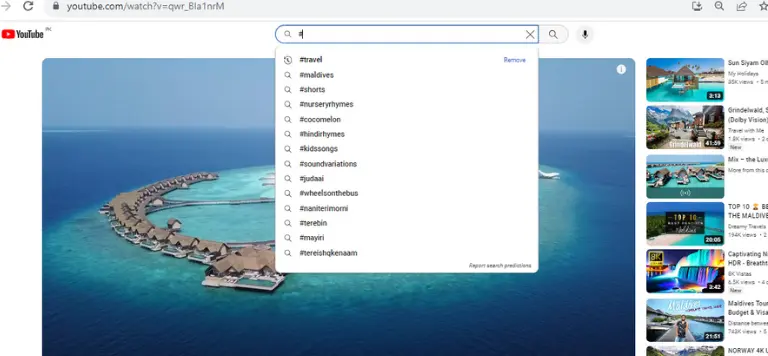
LinkedIn Hashtags
- Optimal Number: 1-5 hashtags per post.
- Usage: Incorporate hashtags in your LinkedIn posts. Search hashtags using the search bar and find trending ones on the home page.
Pinterest Hashtags
- Optimal Number: 2-5 hashtags per Pin.
- Usage: Add hashtags to Pin descriptions or written descriptions when repinning. Use searchable and relevant keywords.
TikTok Hashtags
- Optimal Number: 3-5 hashtags per video.
- Usage: Include hashtags in video descriptions or on the Discover page. Combine niche and trending hashtags.

